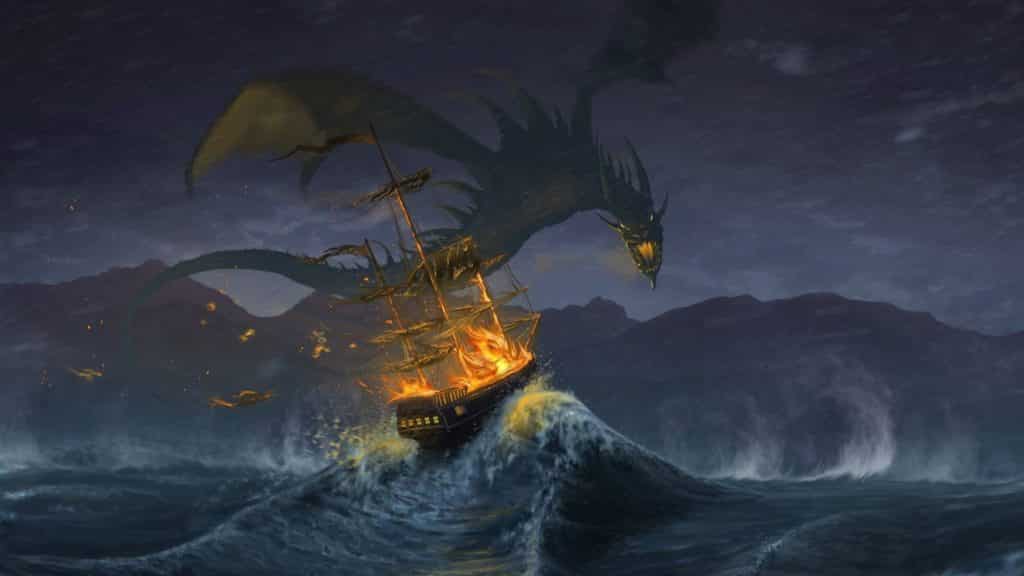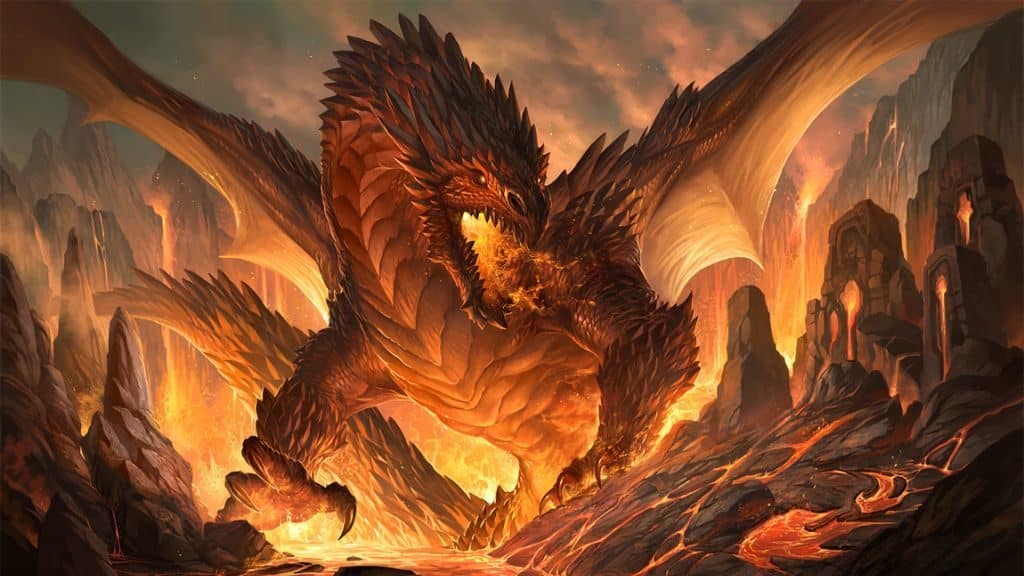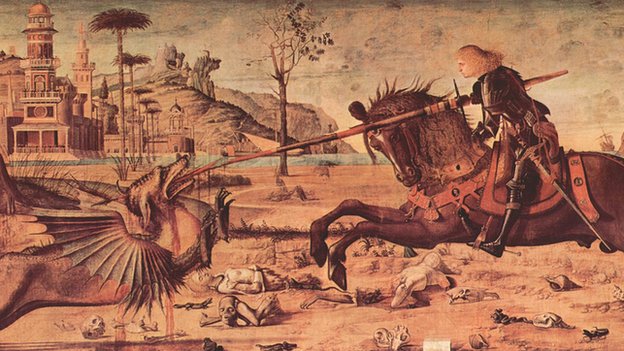Dragons have always captivated our imagination, with their majestic presence and mythical powers. In ancient Chinese culture, dragons held a significant place, symbolizing power, strength, and prosperity. Among the various forms of dragons, the coiling dragon was particularly esteemed, representing the emperor and the imperial family.
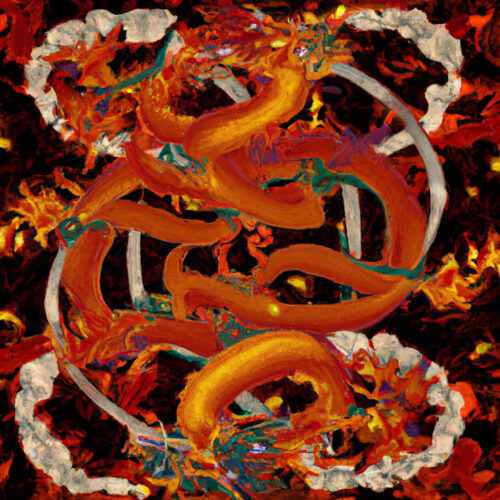
The coiling dragon, also known as the long dragon, is often depicted with a serpentine body, scales, and a powerful head. Its long, winding body symbolizes the eternal cycle of life and power. This magnificent creature is infused with deep symbolism and carries a rich history that dates back thousands of years.
The Imperial Dragon and Its Role in Chinese Culture
In ancient China, dragons were believed to possess auspicious and protective qualities. The emperor, considered the Son of Heaven, was believed to be the closest earthly connection to the divine realm. The imperial dragon, known as ‘Long’, played a vital role in the emperor’s reign and was an emblem of his authority.

The imperial dragon was often depicted in golden-yellow color, representing the emperor’s supreme power and wealth. It typically had five claws, symbolizing the imperial family, while other dragons were limited to four. This distinction illustrated the emperor’s divine right to rule over the vast Chinese empire.
The Coiling Dragon and Its Cultural Significance
The coiling dragon, with its intricate details and coiling body, held immense cultural significance in ancient Chinese society. It symbolized the emperor, his imperial power, and family. It was believed that the dragon’s body could encircle and protect the sacred palaces, temples, and even the heavenly realm.
One of the most iconic examples of the coiling dragon’s influence can be seen in the famous Forbidden City in Beijing. In its magnificent architecture and decorations, the coiling dragon motif is prominently featured, representing the imperial power that once resided within those walls.
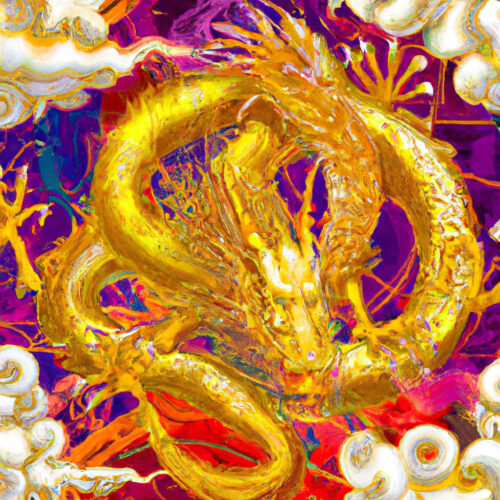
The Coiling Dragon in Mythology and Folklore
Chinese myths and folklore are rife with tales of mighty dragons, fighting epic battles and displaying extraordinary powers. The coiling dragon often takes center stage in these captivating stories, portraying its strength and mystical abilities.
A well-known folktale is that of the Dragon Boat Festival, celebrated annually in China. Legend says that the festival originated from the sacrificial rituals performed to appease the river dragon, believed to bring good fortune and protect against evil spirits. Dotted with breathtaking dragon boat races, this festival honors the coiling dragon’s mythical existence.
The Legacy of the Coiling Dragon
The coiling dragon’s legacy extends far beyond ancient times. Its influence still permeates various aspects of Chinese culture today. From intricate dragon designs adorning traditional clothing to dragon dances during festive celebrations, the coiling dragon remains a cherished symbol of Chinese heritage.
As you delve into the enchanting realm of dragons, it’s important to explore the wealth of knowledge available. Here are some recommended resources to further your journey:
- Chinese Dragon: History, Culture, and Symbolism
- Chinese Dragon in Chinese Mythology
- A Guide to Chinese Dragon Art
By exploring these resources, you will gain a deeper appreciation for the coiling dragon’s role in ancient Chinese history and its continued importance in contemporary culture.
Embrace the mystique of the coiling dragon and allow its captivating power to ignite your imagination. Discover the ancient wisdom and legend that surrounds this iconic symbol, and let it inspire you to explore the marvelous realm of dragons.

